 Over the course of July we are featuring our Step-by-Step Content Marketing Strategy, informing you how to create an effective content marketing strategy that saves you time.
Over the course of July we are featuring our Step-by-Step Content Marketing Strategy, informing you how to create an effective content marketing strategy that saves you time.
Over the next 5 weeks we will be covering the following steps:
- Set Content Marketing Goals Relative to Business Goals
- Establish Your Content Target Audience
- Determine Content Types for Your Business
- Create a Content Execution Plan
- Create a Promotion Process
- Measure and Refine Your Marketing
We wonder if some day far into the future, the generations before us will refer to the “social media age” the way we refer to the “dark ages.” We can’t deny it – we’re living in an age where social media is the new marketing frontier, and we’re all content publishers trying to claim our stake in it.
As businesses turned publishers, we’re all searching for a steady stream of relevant, useful, and impactful content. We know what we need – that’s the easy part. The hard part is creating content that resonates with our audience and drives traffic back to our website, which eventually results in a sale which results in profit. That’s the goal.
So, how does a real estate consultant use content successfully?
A content marketing strategy is your guiding light in planning, preparing, promoting, and measuring your content. You will, undoubtedly, spend more time creating a content marketing strategy up front, but you’ll save time and effort in the long run. This strategy will also help you identify whether your content has the right impact on your clients and potential clients.
When real estate agents utilise content marketing strategies, their overall workload is reduced and their content is more effective. In order to get to that point, however, you’ll need to think through the process and determine your goals and objectives, which is why we’ve put together a step-by-step plan to guide you through this process.
Your Step-by-Step Plan to a Successful Content Marketing Strategy
Step 1. Set Content Marketing Goals Relative to Business Goals
Every piece of content you create and commit to should have a clear purpose and align with your overall business goals and objectives.
So, ask yourself this: What is it that I am trying to accomplish with this piece of content?
Here are some examples of content marketing objectives to consider:
- Drive customers back to my website
- Drive customers to my open houses
- Increase brand awareness
- Increase subscribers to my property newsletter
- Drive clients to enquire about my current properties for sale or about my services as a real estate agent
Take note that none of these objectives amount to likes, favorites, shares, or retweets. These metrics are called “vanity metrics,” because they’re really surface-level measurements. It’s so important to have your strategy align with your broader business goals. This forces you to think of content with business measurements – such as traffic, leads, and sales – in mind.
When you set social media goals that align with business goals you can prove the value (or lack thereof) of your efforts to stakeholders and investors, especially if they’re skeptical about social media and content marketing.
Once you’ve set your goals, break them down into the steps you’ll need to take to achieve them. This ensures every piece of content you put out aligns with your goals. When you or your content creators know what you want to accomplish on a larger scale, you’re empowered, and your team is empowered to create pieces that help you reach your objectives.
Content Marketing Strategy Tip
When you’re coming up with content ideas, don’t approach the process thinking, how will this help me achieve x, y, z; or how will this help me achieve {x} goal? Approaching content creation this way limits creativity. Instead, brainstorm great and useful content ideas and tie them back to your business goals. This will help you adjust your content, so that it achieves your objectives while still being creative and impactful.
 Your Step-by-Step Plan to a Successful Content Marketing Strategy
Your Step-by-Step Plan to a Successful Content Marketing Strategy

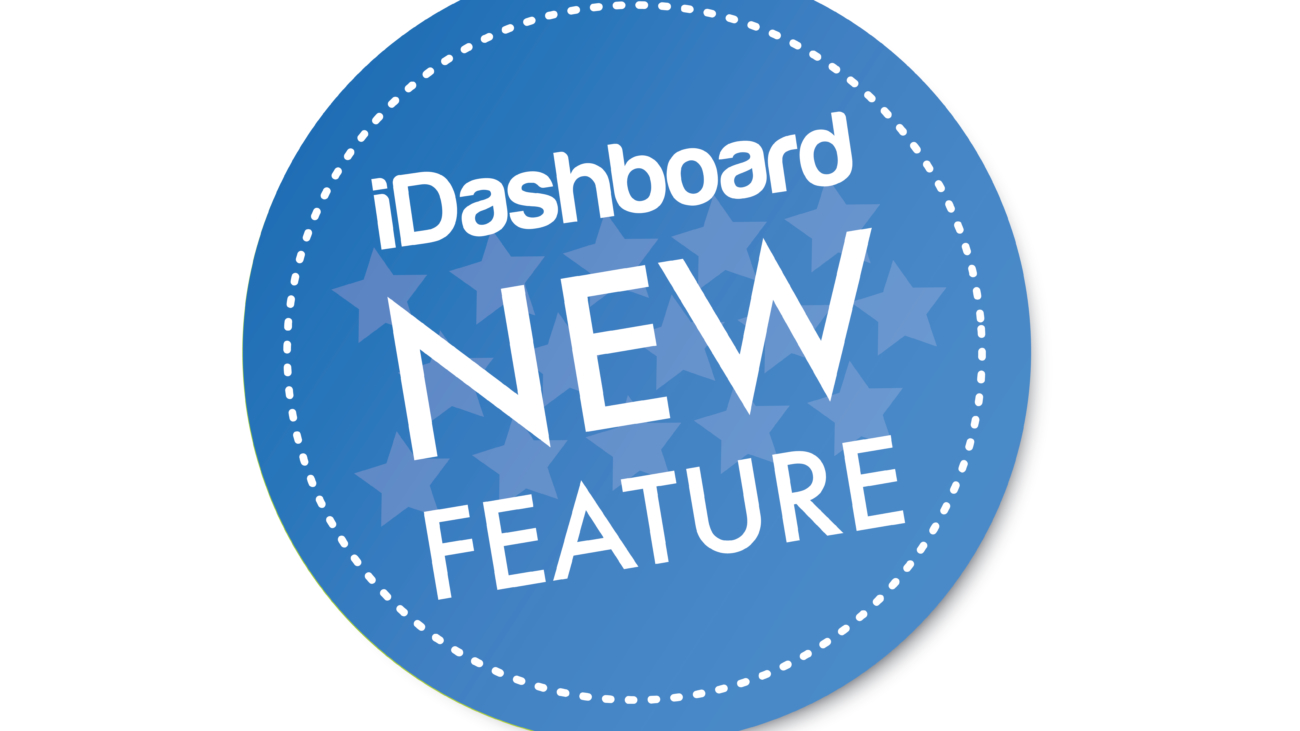
 ‘Ease of use’ and ‘User Friendly’ are two phrases we take seriously at iProperty, so we have upgraded the User Interface for editing a Staff Profile within iDashboard so that profiles are now easier than ever to edit and update.
‘Ease of use’ and ‘User Friendly’ are two phrases we take seriously at iProperty, so we have upgraded the User Interface for editing a Staff Profile within iDashboard so that profiles are now easier than ever to edit and update.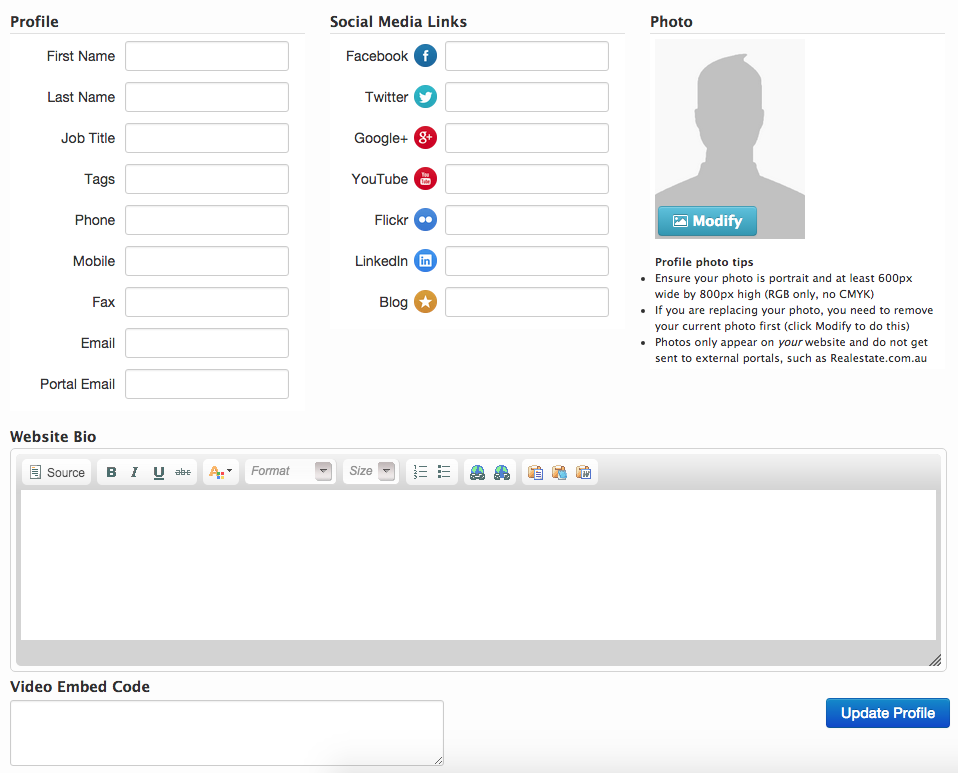

 Your Step-by-Step Plan to a Successful Content Marketing Strategy
Your Step-by-Step Plan to a Successful Content Marketing Strategy
 You may have noticed the new iDashboard release which we have been working on for the past few months.
You may have noticed the new iDashboard release which we have been working on for the past few months.
 Your Step-by-Step Plan to a Successful Content Marketing Strategy
Your Step-by-Step Plan to a Successful Content Marketing Strategy
 The
The 
 Your Step-by-Step Plan to a Successful Content Marketing Strategy
Your Step-by-Step Plan to a Successful Content Marketing Strategy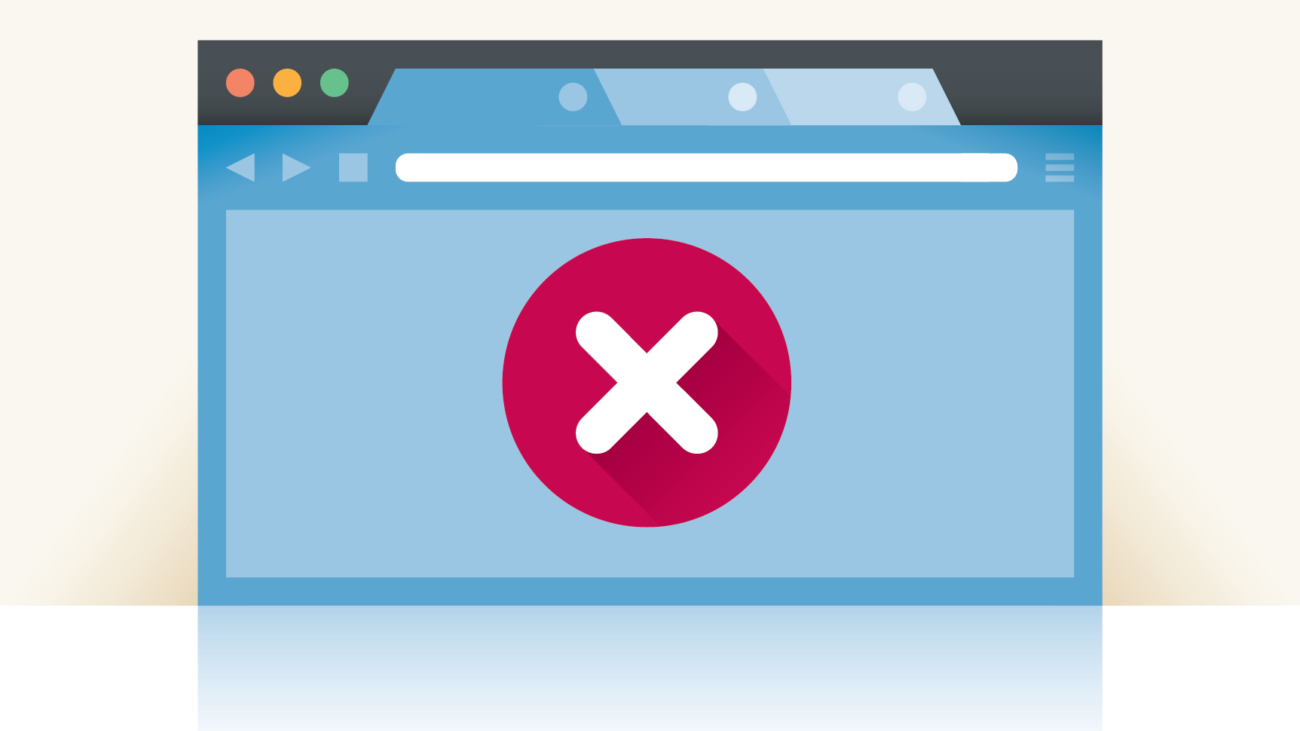
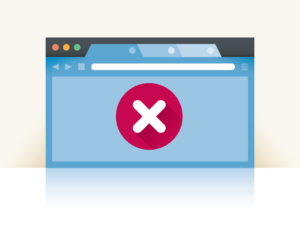 For Flash, the writing may finally be on the wall.
For Flash, the writing may finally be on the wall.
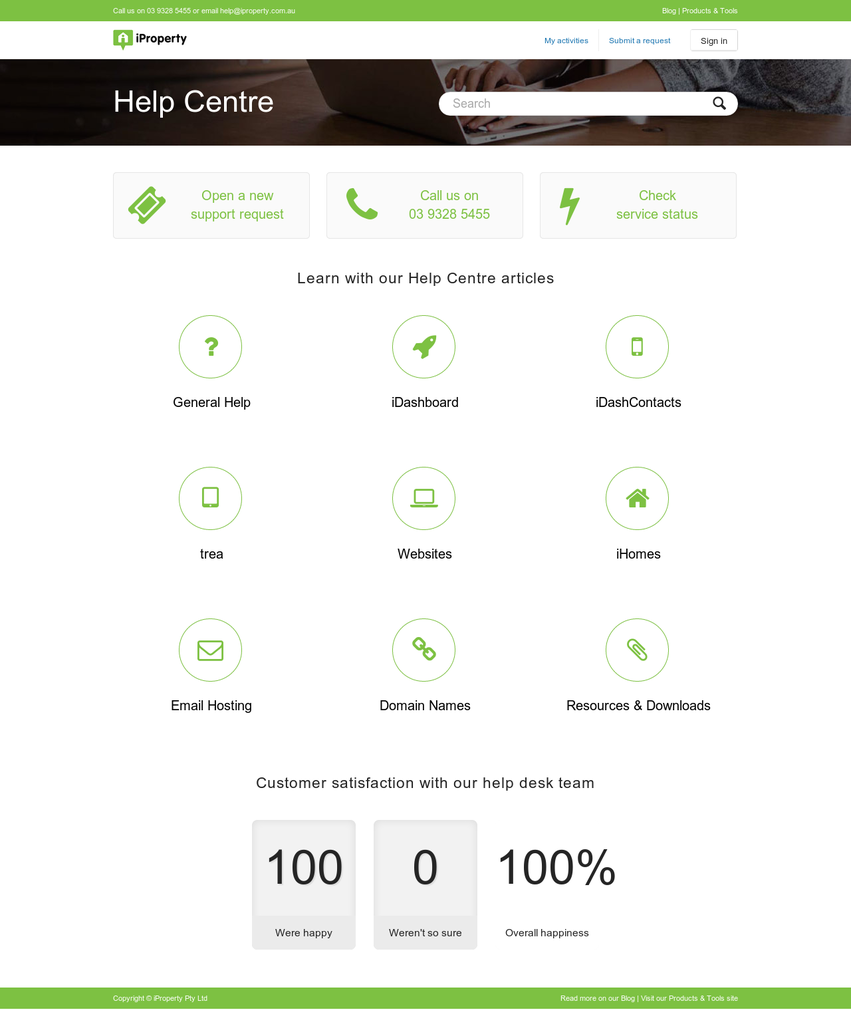

 Your Step-by-Step Plan to a Successful Content Marketing Strategy
Your Step-by-Step Plan to a Successful Content Marketing Strategy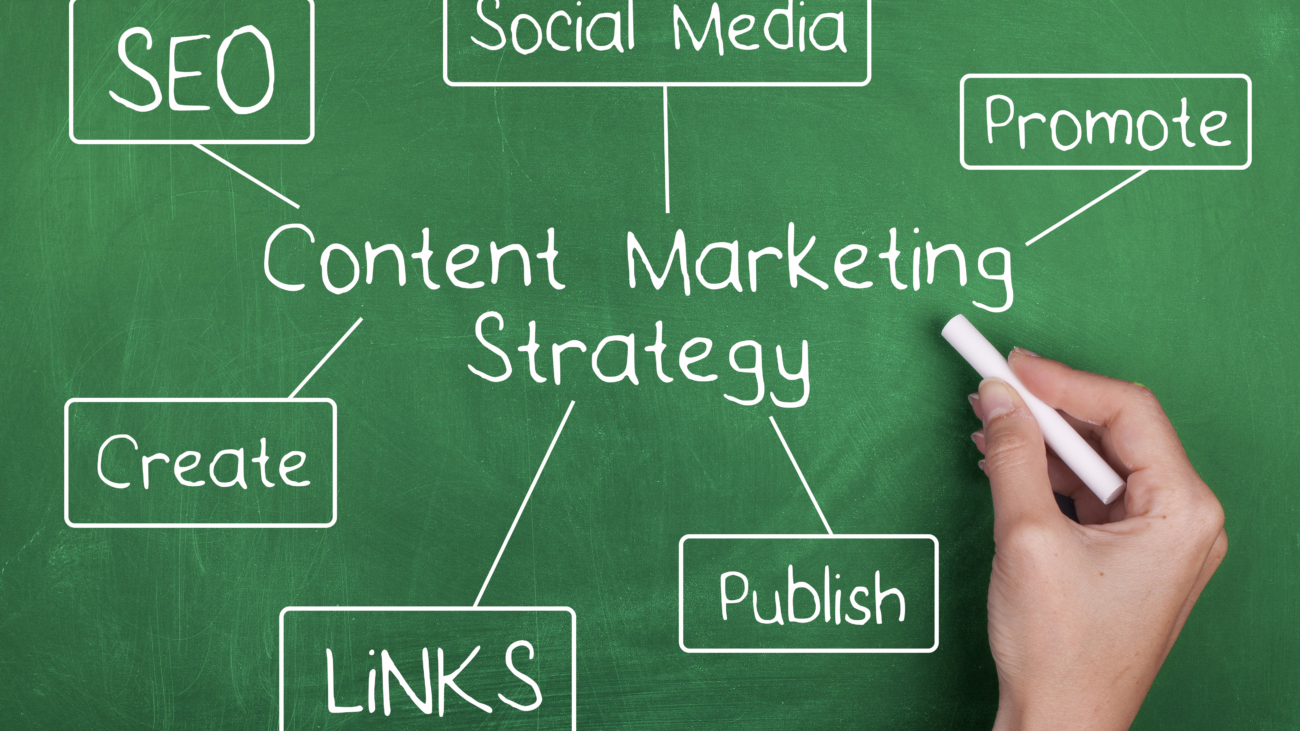
 Over the course of July we are featuring our Step-by-Step Content Marketing Strategy, informing you how to create an effective content marketing strategy that saves you time.
Over the course of July we are featuring our Step-by-Step Content Marketing Strategy, informing you how to create an effective content marketing strategy that saves you time.